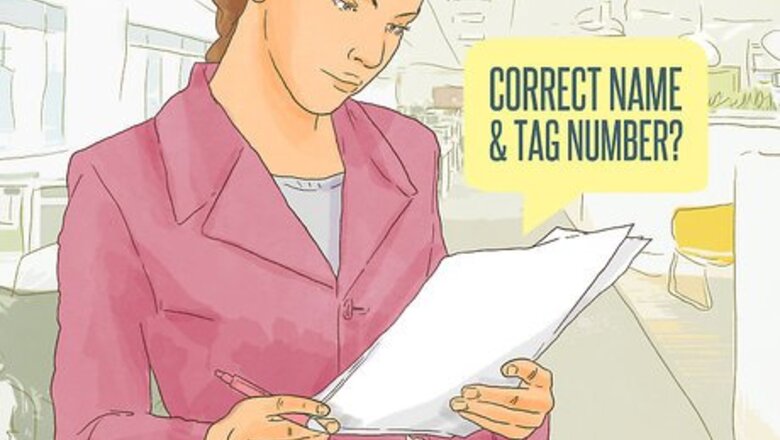
views
X
Research source
Many of these toll roads have automatic payment systems to smooth your commute and reduce the jams created by requiring drivers to stop at toll booths. However, with automatic payment systems comes the possibility that the system – or you – could make a mistake. If you receive a violation notice in the mail, it's important to act as quickly as possible to check its legitimacy since you have a limited time to dispute it before additional charges start mounting.
Scrutinizing Your Notice
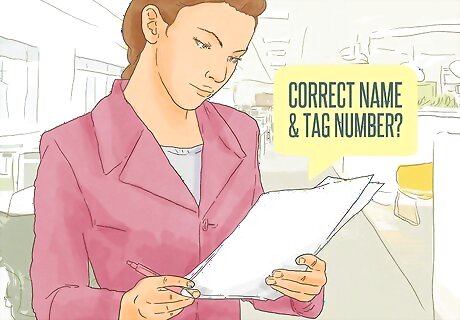
Check the name and license tag number. Identities and records can be crossed, and it's possible that the name or tag number on the violation don't belong to you. Keep in mind that you're still liable for the violation even if someone else was driving your car. However, if the license tag isn't yours, it's possible you received the violation as a result of a clerical error. For tolled locations where automatic passes are used, if a driver passes through without using one of the pass accounts, a photo of the license tag is taken. That photo is transmitted to the state Department of Motor Vehicles, which provides the name and address of the registered owner of the car. If the photo isn't clear, the tolling agency may get the license tag number wrong, or may send the violation notice to the wrong address. The Illinois Tollway gives you two ways to dispute a license tag image: You may either state that the plate is incorrect, or that the image is missing. If the license tag image is so blurred that the numbers and letters are illegible, you would select "missing image" to dispute your toll violation. If the tag in the image is not your license tag, you also should be able to dispute the violation and have the violation waived.
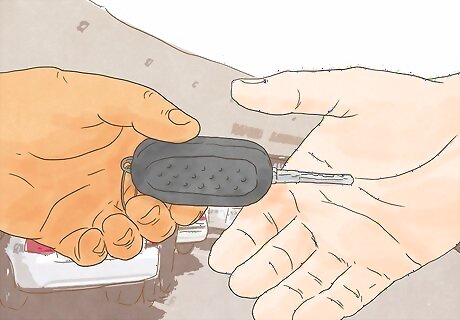
Make sure you still owned the car when the violation occurred. If you've recently sold your car, or if it was stolen, you typically won't be liable for the charges assessed. You won't be liable for the toll or the violation if your car was reported stolen before the violation occurred. Although violations typically are mailed to the address on file with the DMV at the time the violation occurs, if you recently sold the car, the DMV information may not have been updated yet.
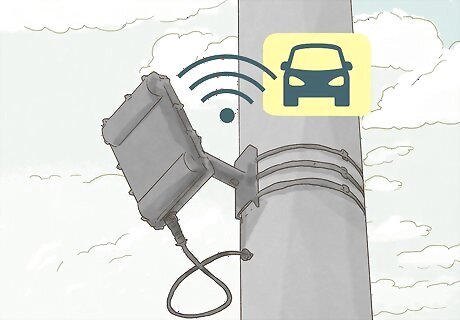
Review the status of your payment account. If you have an active payment account with the tolling authority, the violation may be in error. If you have a prepaid toll account, you may receive a violation if there wasn't enough money in your account to cover the toll. You usually can remedy this situation by checking and updating the status of your payment account. If you have a sticker or other pass, you may receive a violation if the sticker wasn't detected by the tolling location for some reason. As long as your account is active and current, you should be able to resolve the problem by associating the toll bill assessed with your active account.

Write down the dates on your notice. You only have a brief amount of time – sometimes as little as two weeks – to respond to the violation and dispute the charges or they will be presumed valid. Since the deadlines are different in every state and sometimes among different toll road operators within a state, it's important to read your notice carefully and use the dates or time periods provided on the notice you received, rather than going by anything you've seen elsewhere or done before.
Registering Your Dispute

Call the customer service center. Most toll road operators have a website, or a toll-free phone number, where you can quickly and easily register a dispute. For example, the San Joaquin Hills Transportation Corridor Agency in California allows you to contest a violation either online or through the mail. A "Contest of Notice" form is included on your violation notice, which you can fill out and return to the agency.

Download the appropriate form. Typically you can find a dispute form at the toll road operator's website that you need to file a dispute. For example, if you receive a notice of violation from the Illinois Tollways, you can download an affidavit of non-liability form from the tollway's website, which you can fill out and submit. Some toll agencies also provide the option of disputing your toll violation using email or fax. Contact the agency that assessed your violation to find out the methods available to dispute the violation.
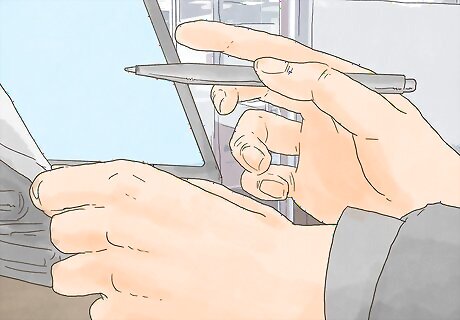
Include a detailed reason for your dispute. Some forms may have a list of valid reasons from which you can choose, while others simply ask that you explain your reasons.

Submit your dispute form. Make sure you've included your correct name and current address and contact information on the form before you submit it. Your notice should include an address or other methods to register your dispute with the proper authority.
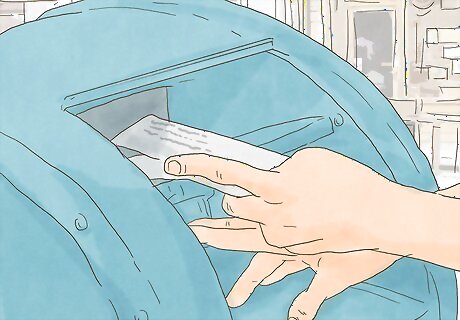
Wait for a response. Typically the toll road authority will investigate the dispute and mail you a report detailing the results of the investigation.
Requesting a Hearing
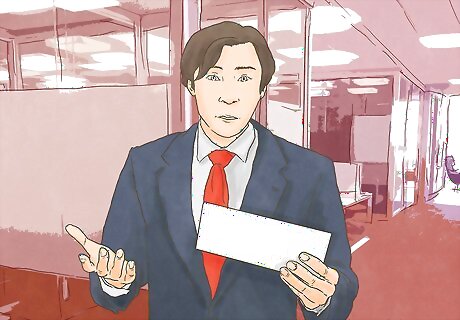
Find out the next steps. Each toll road authority has its own process for appealing an initial investigation or continuing a dispute if you believe you are not liable for the charges assessed. For example, the San Joaquin Hills Transportation Corridor Agency allows you to seek administrative review if you are not satisfied with the initial investigation of your violation. If you still are not satisfied with the results of the administrative review, you can appeal with the municipal court.

Download the appropriate forms. If you need to request a hearing or appeal to a different government body, you must fill out the correct form by the deadline on your report. Forms typically are made available online or by contacting the appropriate toll agency or board. When you complete your forms, attach any documents or other information that you intend to use as evidence to support your claim that you are not responsible for paying the toll or penalties.

File your request for a hearing. Typically you must file a request for a hearing with an administrative board to hear your dispute. Pay attention to the deadlines for appeal. After you receive notice, you only have a brief period of time to request a hearing, and it may only be a couple of weeks. However, some states such as Illinois give you up to 30 days to request a hearing. Often this deadline is calculated from the post mark on the notice. Thus, it is possible that you only have a few days to request a hearing, depending on how long it took for you to get the notice after it was mailed to you. Some agencies may require you to pay a fee or deposit when you request a hearing. For example, the San Joaquin Hills Transportation Corridor Agency requires your request for an administrative hearing be accompanied by a deposit of either $250 or the amount of the toll evasion penalties assessed, whichever is less. Although hearings typically are less formal than an actual trial, you will exchange evidence with the administrative board. For example, if you file a request for a hearing with the Washington State Department of Transportation, you can pick up an evidence packet from any of the walk-in customer service centers three days before your scheduled hearing.
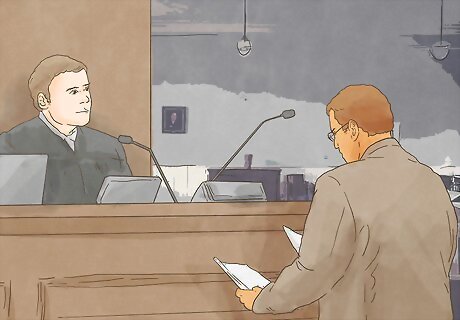
Attend your hearing. Once your hearing is scheduled, you must appear at the scheduled time if you intend to continue disputing the violation. State law typically requires the hearing to be scheduled within a certain amount of time after your request. For example, in California, the hearing must be scheduled within 15 days of the toll agency's receipt of your request. Often you have the option of appearing either in person or over the telephone.












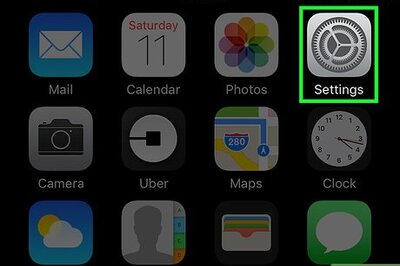





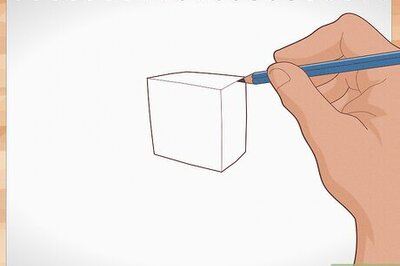
Comments
0 comment